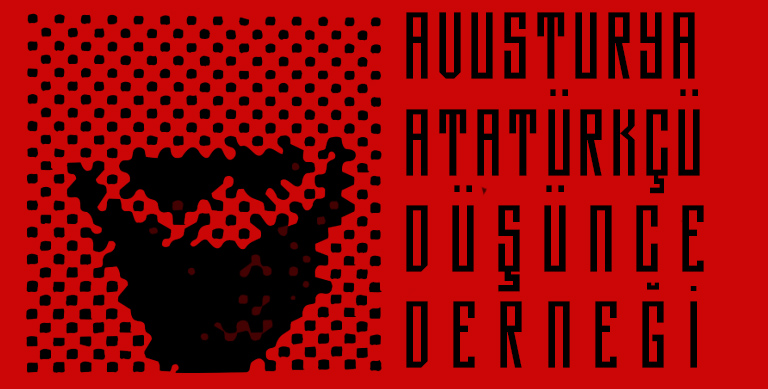Ataturk’s Revolutions
Atatürk made a series of revolutions in order to “raise Turkey to the level of contemporary civilization”.
These revolutions can be grouped under five headings:
- Political Revolutions:
Abolition of the Sultanate (1 November 1922)
- Proclamation of the Republic (29 October 1923)
Abolition of the Caliphate (3 March 1924)
- Social Revolutions
Giving women equal rights with men (1926-1934)
Hat and dress revolution (25 November 1925)
Closure of dervish lodges and tombs (30 November 1925)
- Surname law (21 June 1934)
Abolition of nicknames and titles (26 November 1934)
Adoption of international clocks, calendars and measures of length (1925-1931)
- Legal Revolution:
Abolition of the Mecelle (1924-1937)
Transition to the secular legal order by enacting the Turkish Civil Code and other laws (1924-1937)
- Revolutions in Education and Culture:
Unification of teaching (March 3, 1924)
- Adoption of new Turkish letters (1 November 1928)
- Establishment of Turkish Language and History Institutions (1931-1932)
- Organization of university education (31 May 1933)
- Innovations in fine arts
- Revolutions in Economics:
- Abolition of tithe
- Encourage the farmer
- Establishment of sample farms
Establishment of industrial establishments by enacting the Industry Encouragement Law
- I. and II. Implementation of the Development Plans (1933-1937), equipping the country with new roads

